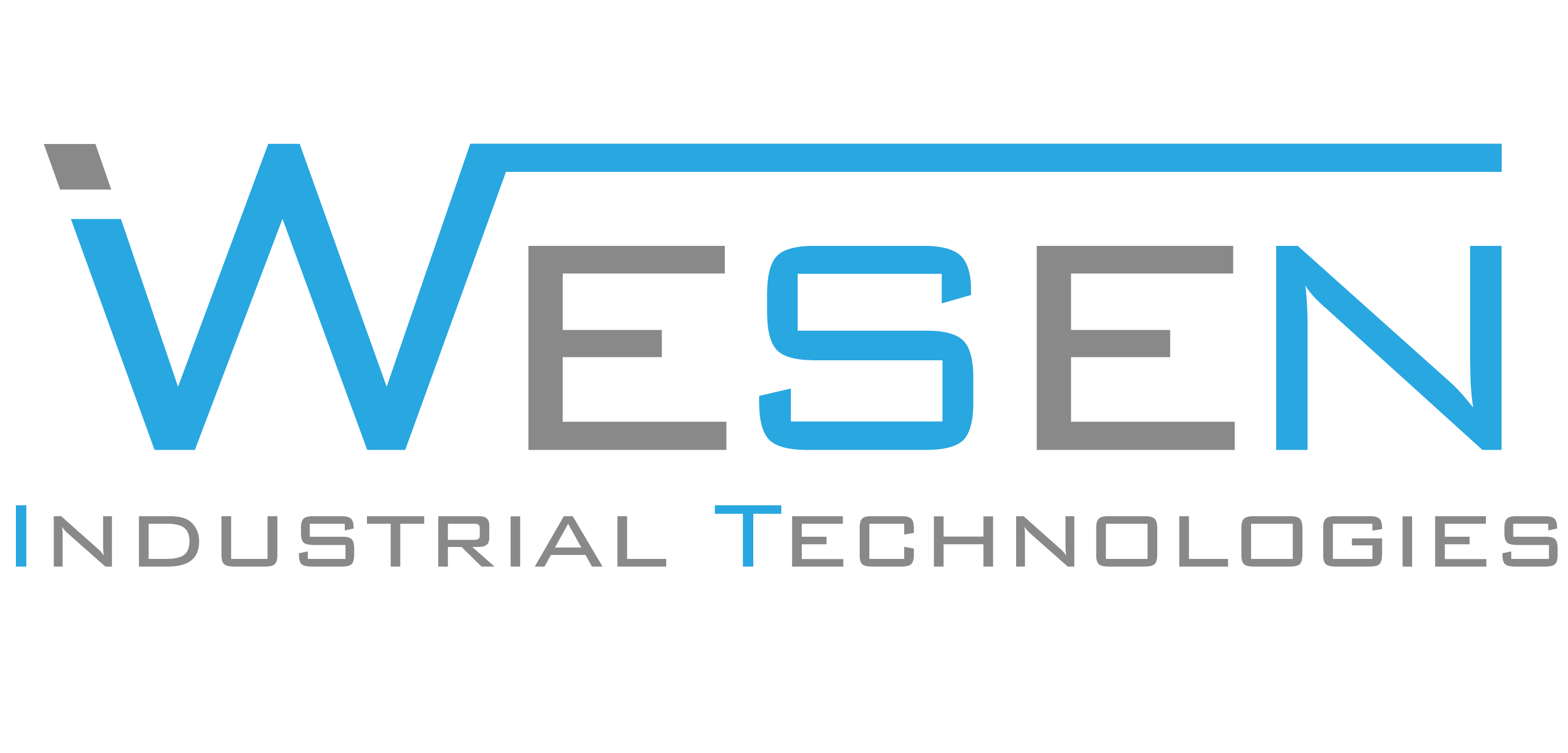What is calibration?
Calibration is the process of comparing the measurement of a device or instrument, such as a thermometer, to a known standard and adjusting the device to match the standard. The purpose of calibration is to ensure that the device is accurate and consistent in its measurements, and that it meets the specified tolerance or error limits. Calibration is typically performed by a trained technician using specialized equipment, such as a reference thermometer with a known accuracy. The process may involve adjusting the device being calibrated, or it may involve simply recording the measurement and comparing it to the standard. Calibration is an important quality control step that is necessary for many types of measurement devices, including industrial thermometers, to ensure that they are reliable and accurate.
Why is calibration so important?
Calibration is important because it ensures that a device or instrument is accurately measuring the quantity it is intended to measure. Inaccurate measurements can lead to incorrect decisions or actions, which can have serious consequences depending on the application. For example, in the industrial process control industry, faulty temperature measurements can result in the production of defective products, equipment damage, or even safety hazards. In the medical field, inaccurate measurements of patient vital signs can lead to incorrect diagnoses or improper treatment. Calibration helps to ensure that devices and instruments are performing within specified tolerances and are traceable to national or international standards, which helps to ensure their reliability and validity. In addition, calibration helps to identify and correct any drift or degradation in the performance of a device over time, which can help to extend its useful life.
How often should a pressure gauge or temperature instrument be calibrated?
The frequency of calibration for pressure gauges and temperature instruments depends on several factors, including the type of device, the accuracy required, the environment in which it is used, and any applicable industry regulations or standards. In general, it is recommended to calibrate these types of instruments at least once per year, but more frequent calibrations may be necessary in certain circumstances. Some factors that may require more frequent calibration include:
Use in critical applications: If the instrument is used in a critical or safety-related application, it may need to be calibrated more frequently to ensure that it is functioning properly.
Exposure to extreme conditions: If the instrument is exposed to extreme temperatures, pressure, humidity, or other environmental conditions, it may be more prone to drift or degradation and may need to be calibrated more frequently.
High accuracy requirements: If high accuracy is required for the measurement, the instrument may need to be calibrated more frequently to ensure that it is meeting the required tolerance limits.
Changes in the instrument: If the instrument has been repaired or modified, it may need to be recalibrated to ensure that it is still accurate.
In general, it is a good idea to consult the manufacturer's recommendations and any applicable industry standards or regulations to determine the appropriate calibration frequency for a particular instrument.
